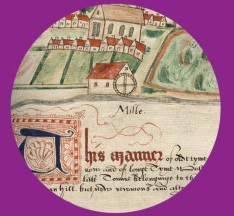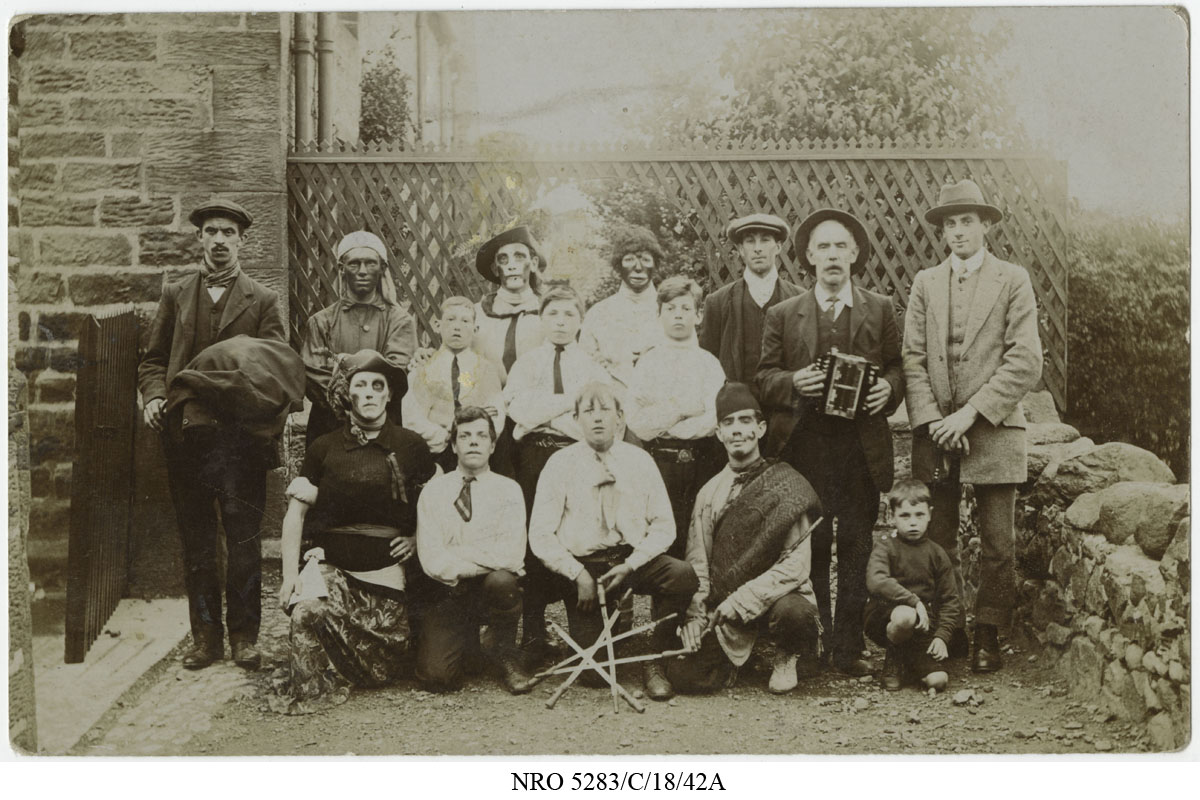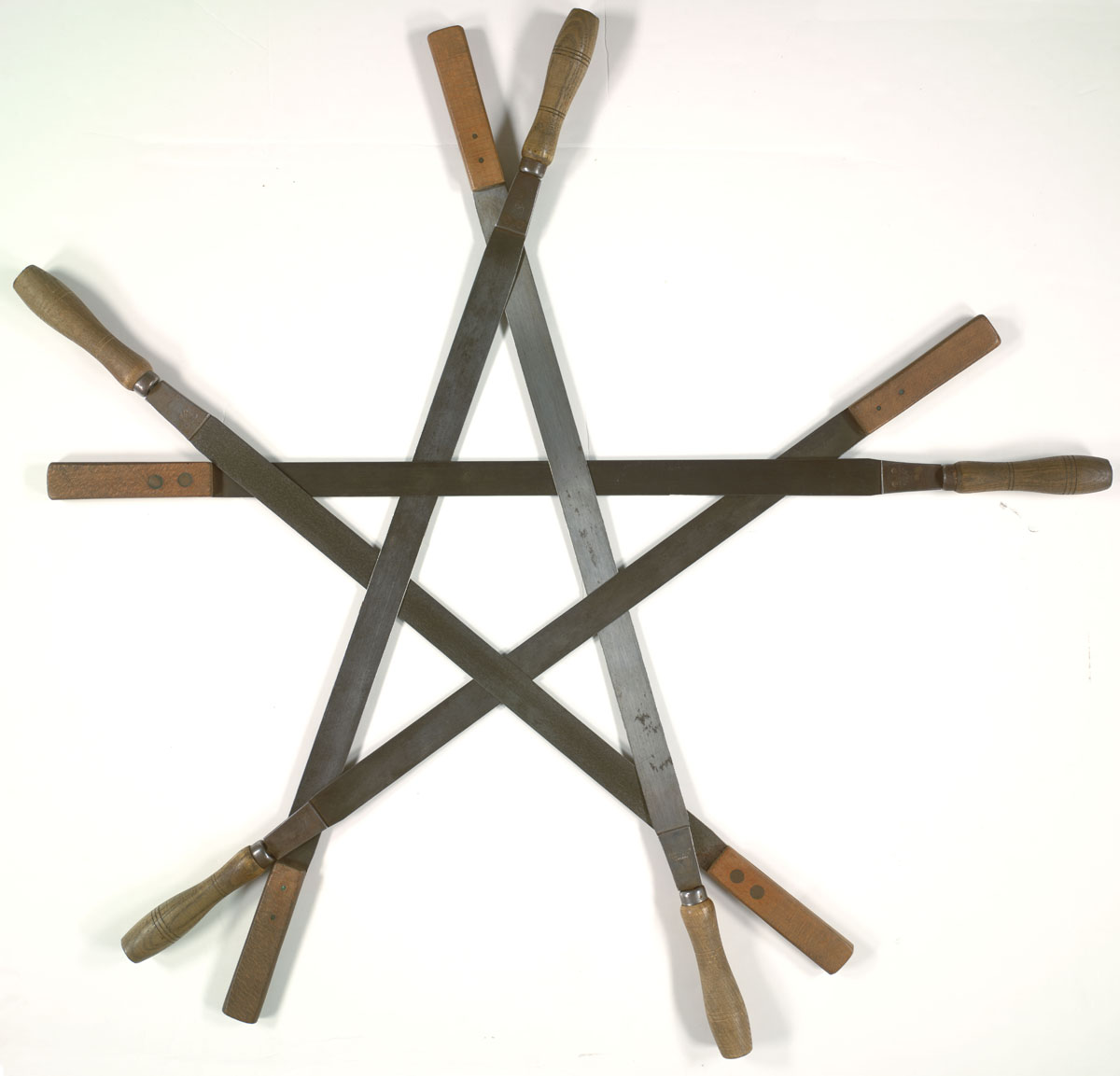BERWICK ADVERTISER, 29 DECEMBER 1916
A CELEBRATED BERWICK CHRISTMAS PUDDING
Our Christmas pudding is a mere culinary parvenu that about two centuries ago supplanted the original plum porridge, but the Christmas pie, which must not be confused with the mince pie, is of immemorial antiquity. It was a “Christmas pie” that Pharisaic Little Jack Horner was eating when he “sat in a corner,” according to the historians. These pies were sometimes of colossal dimensions. Perhaps the largest on record was sent from Berwick to London at Christmas 1770 for Sir Henry Grey, an ancestor of Earl Grey.
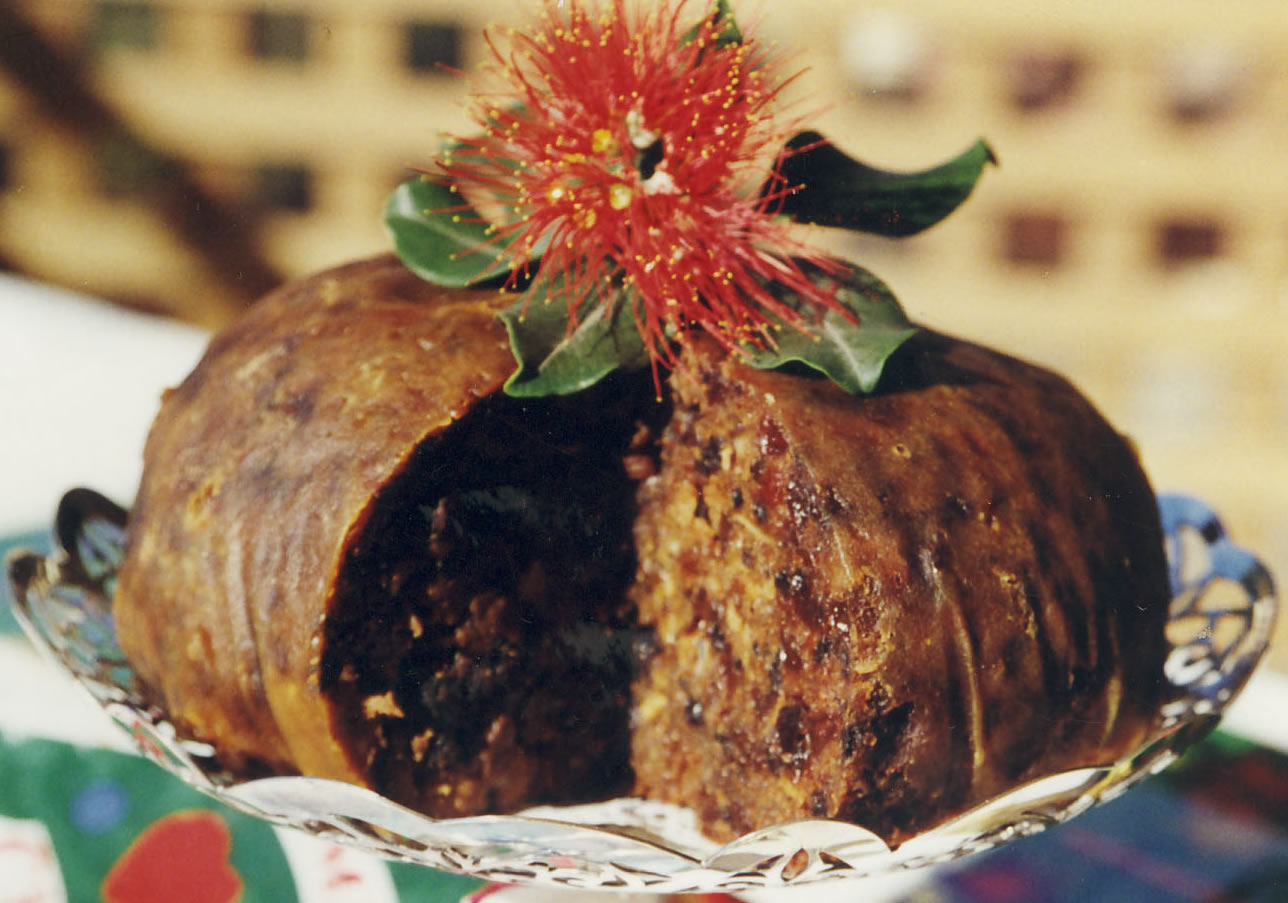
It contained 2 bushels of flour, 20lb. of butter, 4 geese, 2 turkeys, 2 rabbits, 4 wild ducks, 2 woodcocks, 6 snipe, 4 partridges, 2 ox tongues, 2 curlews, 7 blackbirds, and 6 pigeons. It was 9ft. in circumference, weighed 168 lb., and was fitted with four wheels for the convenience of Sir Henry’s guests.
CHRISTMAS
BERWICK
CHRISTMAS, which on three successive occasions has now witnessed the prosecution of the great war, was quietly observed in Berwick and district. The restrictions put upon railway travelling had the natural effect of keeping many people from visiting friends at a distance. The closing day of the week, however, witnessed the arrival of many of the gallant lads in khaki who are serving their country, and the welcome they received from parents and relatives was hearty and spontaneous. Throughout Saturday afternoon and evening the streets presented a very busy and animated appearance. Despite the severe times we are passing through most of people seemed desirous of purchasing some kind of seasonable article to recognise the great Festival of the year. To accommodate customers the shops remained open a little later than usual, and more especially in view of the fact that Monday and Tuesday were both to be closed days. The weather on the whole was pleasant though somewhat damp. On Sunday special services were held in all the Churches, and references was made to the advent of Christmas both in the sermon and the praise part of the worship. On Christmas day the streets presented a somewhat deserted appearance those soldiers on leave remaining indoors to spend a quiet time with their friends. The various church services were well attended. In the afternoon a musical service was held in St. Andrew’s Church by Col. Peterkin’s Male Voice Choir of the Royal Scots.
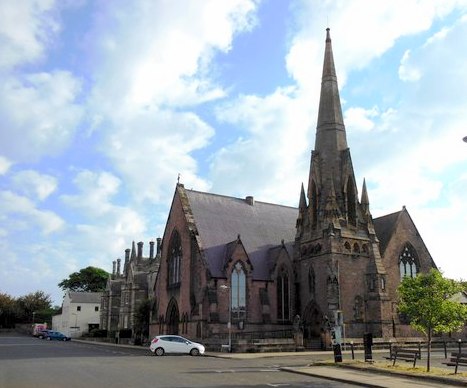
Infirmary Patients Entertained
The patients in our hospitals are always remembered as the great festival of the year comes round, and Berwick Infirmary maintains the good rule. Through the kindness of Dr C. G. Maclagan, Chairman of the House Committee, the patients were entertained to a Christmas dinner, while in the evening the children enjoyed gifts from a Christams tree. Among those present were Lady Dalyell and Miss Dalyell, His Worship and Mayor and the Mayoress, Dr and Mrs Maclagan, Mrs Fraser, Ravensdowne; and Mrs Mackay, and Mr D. H. W. Askew.
At the Workhouse
The inmates of the Workhouse enjoyed their usual Christmas treat, when the wants of the poor people were attended to by a number of ladies and gentlemen who take a keen interes in their welfare. Mr John A. Stewart, chairman of the House Committee was unable to be present owing to indisposition, but among others who assisted were Mrs J. G. Willits, Miss A. E. Henderson, Mr Thomas Thompson, ironmonger, Mr Alex. D. Watt. The inmates were entertained to dinner consisting of roast beef plum pudding, following by fruit the men also receiving supplies of tobacco. Mr Samuel Stirling, Tweedmouth, as on previous occasions, sent a liberal supply of beer, and this was much appreciated by the poor people. Mr T. Thompson presented each of the inmates with a threepenny piece at the close of the proceedings.
LOCAL NEWS
Berwick Councillor’s Silver Wedding. – The many friends of Mr Joseph McDonald, fruiterer, High Street, Berwick-on-Tweed will be interested to learn that he and his good lady celebrated the twenty-fifth anniversary of their marriage on Christmas Day, having been married in 1891 at the Mapel Street Primitive Methodist, Church, Newcastle-on-Tyne, by the Rev. J. Hopkins. Mr McDonald has a family of two sons, both of whom are on active service, and one daughter. As is well known Mr McDonald is a prominent Methodist, and one of that body’s local preachers. He is also a member of the Town Council and Education Committee, and acts as secretary to the Shepherd’s Friendly Society. The happy couple have received numerous congratulations on attaining the 25th anniversary of their nuptials.
Masonic Installation.- The festival of St. John was celebrated by St. David’s Lodge, No. 393, in the Lodge Room a Berwick, on Wednesday evening, when there was a large attendance of the brethren. The recommendation from the Finance and General Purpose Committee to subscribe five guineas to the Freemasons’ War Hospital and Nursing Home was approved of, as was also a motion by Bro. Alex. Darling, P.M., that the sum of ten guineas be voted for the relief of aged and deserving poor at Christmas, and that the distribution be entrusted to the same gentleman as last year.
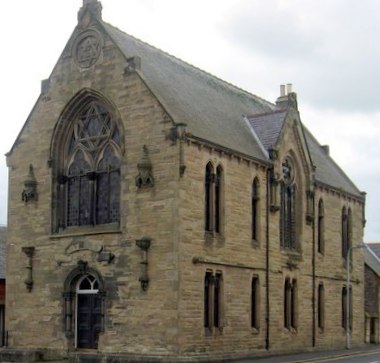
Thereafter Brother James T. Robson, Past S. W., was duly installed as the Worshipful Master by W.M. Brother John Cockburn. The brethren afterwards sat down to an excellent supper in the Club Room purveyed by Bro. P. Cowe, at which several toasts were honoured, and a very pleasant hour was passed. It was mentioned that the following officers of the Lodge were on active service:- Brother W.H. Trainer, S.W.; Brother R. W. Seaton, J.W.; Brother W. E. E. Rutherford, S.D. ; Brother H. R. Peters, J.D.; Brother G. M. How, I. G.; Brother J.T, Shiel S.S.; Brother John Blench. J. S.; Brother Robt. Gray, 1st Assistant S.; Brother S. E. Dixon, 2nd Assistant S. the following Brethren are meantime respectively discharging the duties of the above officers; Brothers O’Connell, Cowe, Howe, Shiel, Lyall, Dixon, Oakley, Black, and Hall.
Soldiers Entertained. – In the sailors and Soldiers’ Recreation Rooms, Hide Hill, Berwick, on Wednesday evening there was a free night, every service man in the Borough being entertained and welcomed. The Mayor and Mayoress graced the proceedings with their presence, and the Committee were in attendance to see to the comfort of the soldiers. In the refreshment room excellent music was provided, while a go as you please programme was carried out in the concert hall. Among those taking part in his were Petty Officer J. Martin, W. B. Dickinson, ex-Corporal Renwick, N.F., Private Howat, Private Donaldson, L. C. Smellie, Mr Wm. Foster (violin), Private Macdougall, Mr Hetherington, Private Adams, Second Air Mechanic Hughes, Second Air Mechanic Pont, Private Mason, Private Dick, Private Dunbar, and Pte. J. N. Bell. The latter two aced as accompanists very efficiently. The entertainment was one which said much for the public of Berwick and the soldiers were prolific in their admiration.
1916
Year of never ending sorrow,
Drawing now towards a close,
Casting shadows on the morrow,
Which a new year’s dawn disclose
Year of untolds desolation,
Passing o the hidden rest,
Scarce a hope or consolation,
Honouring its last bequest.
Year of Death, the ghastly token,
Of man’s avaricious soul:
Showing solemn pledges broken,
To possess some cherished goal.
Year whose memories shall darken,
Ages yet in Time’s dark womb,
When our children’s children hearken,
To those voices from the tomb.
Year to all a hideous spectre,
Of men’s failure to up hold,
All the glories of that sceptre,
With which nations are controlled.
Year of destinies deep written,
That some future day shall show,
When earth’s depots shall be smitten,
By Democracy’s fell blow.
Year whose tragedy is lasting,
Unforgotten, unforgiven,
Whilst the flames of Hell are blasting,
‘Gainst the sacred rights of Heaven.
Pass then, o’er the ridge eternal,
With your wretchedness and sin, –
From the unknown land supernal,
Let the new year enter in.
THOMAS GREY, Tweedmouth.

